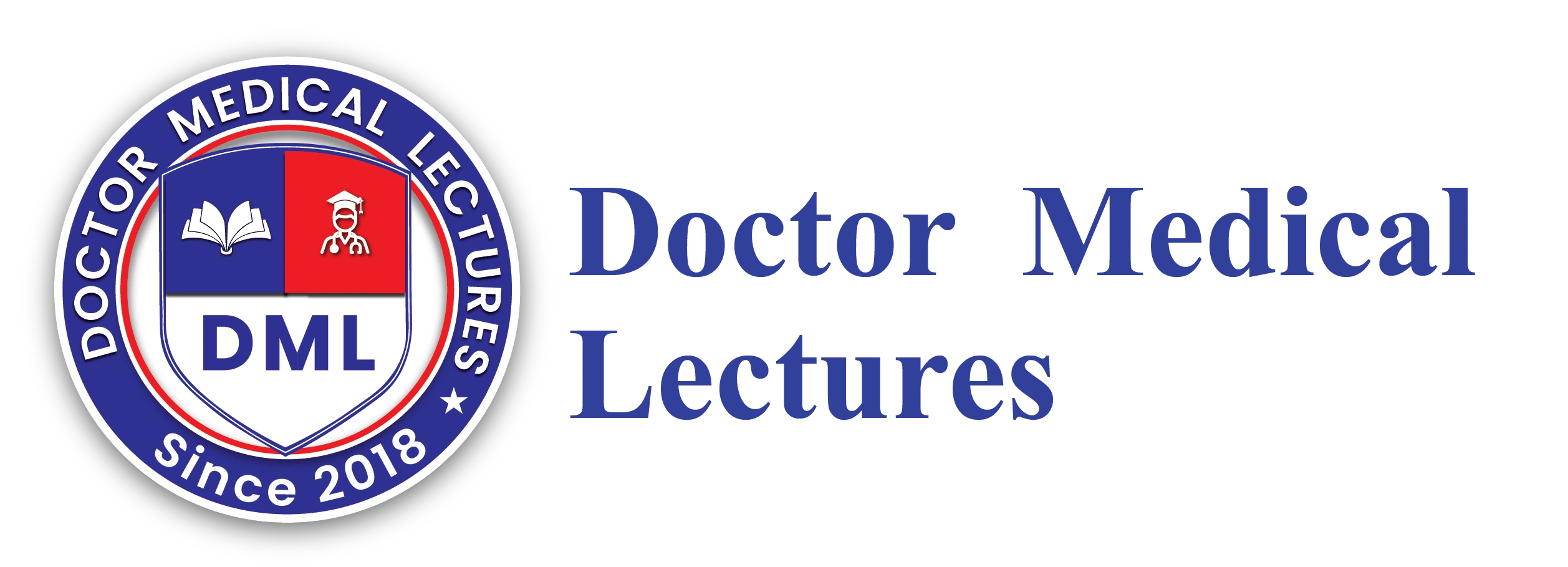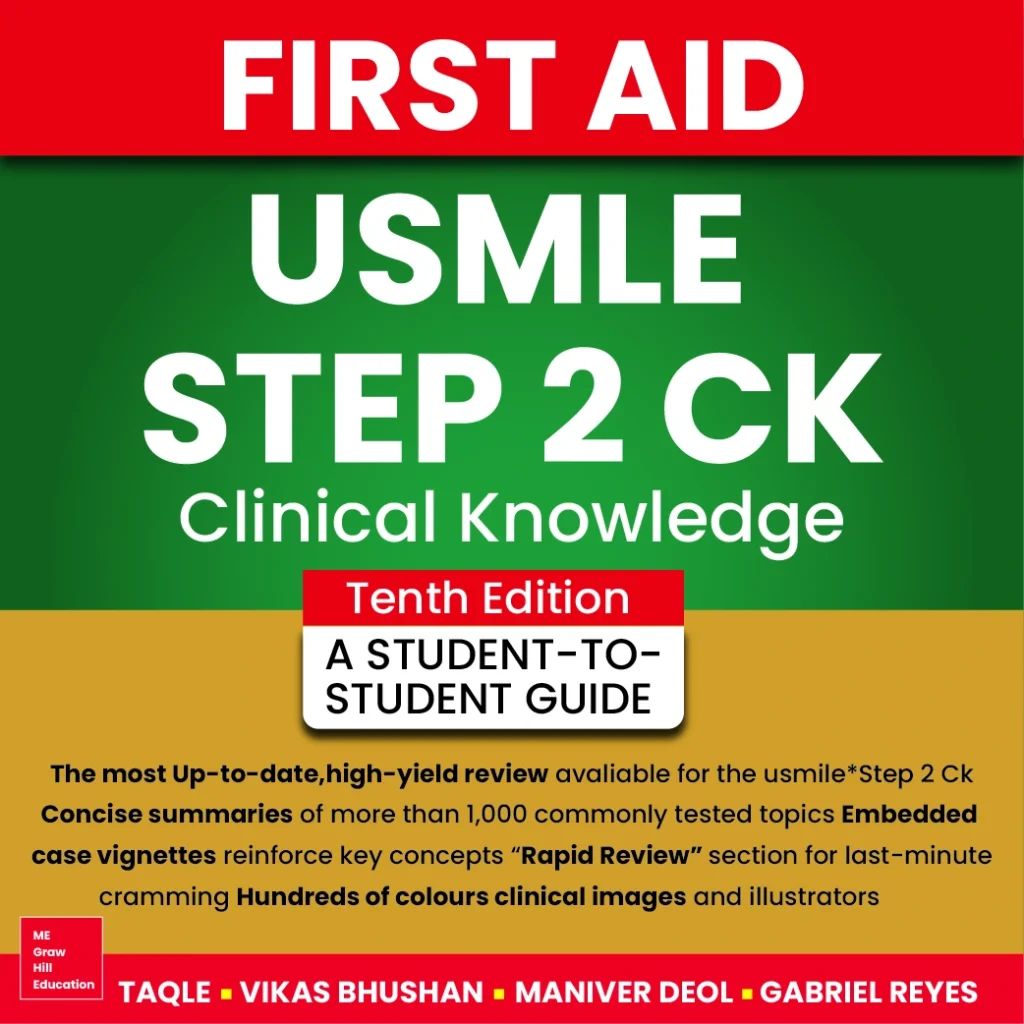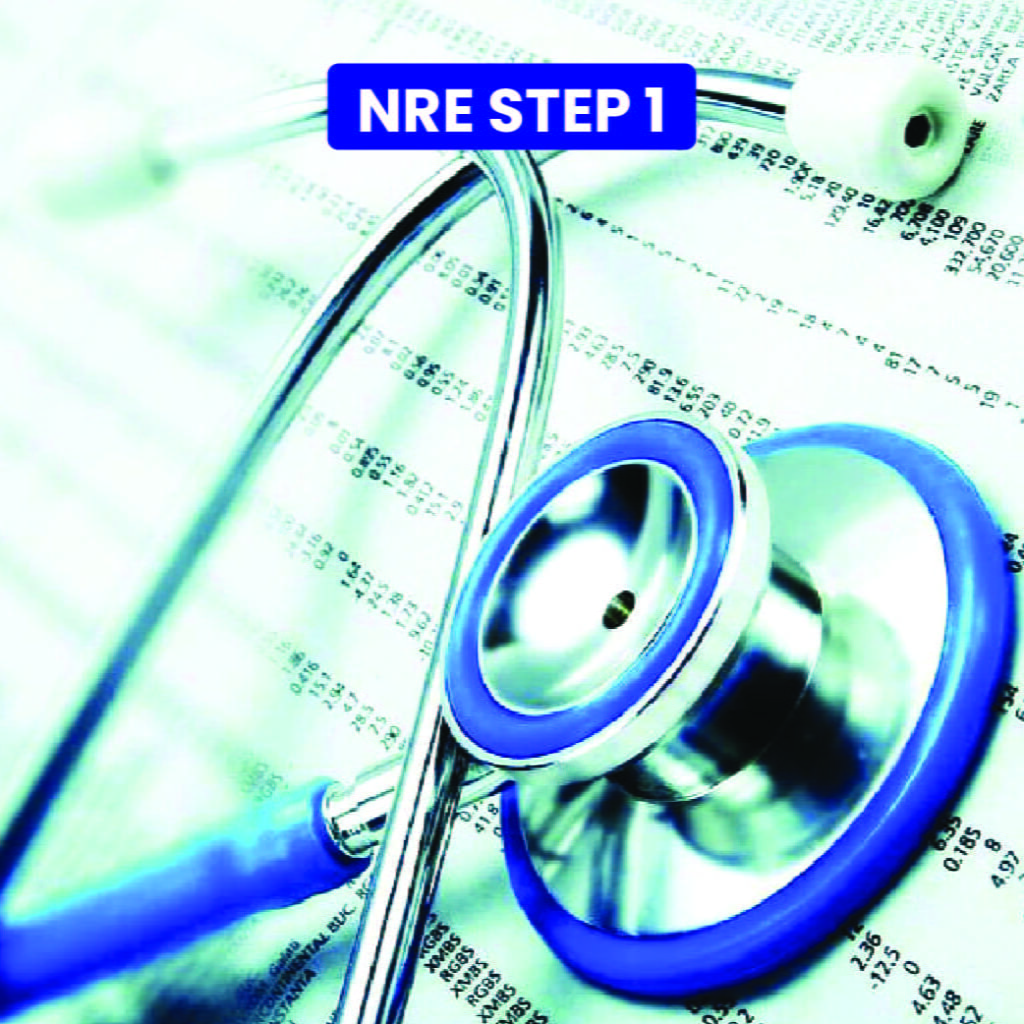First Aid USMLE Step 1
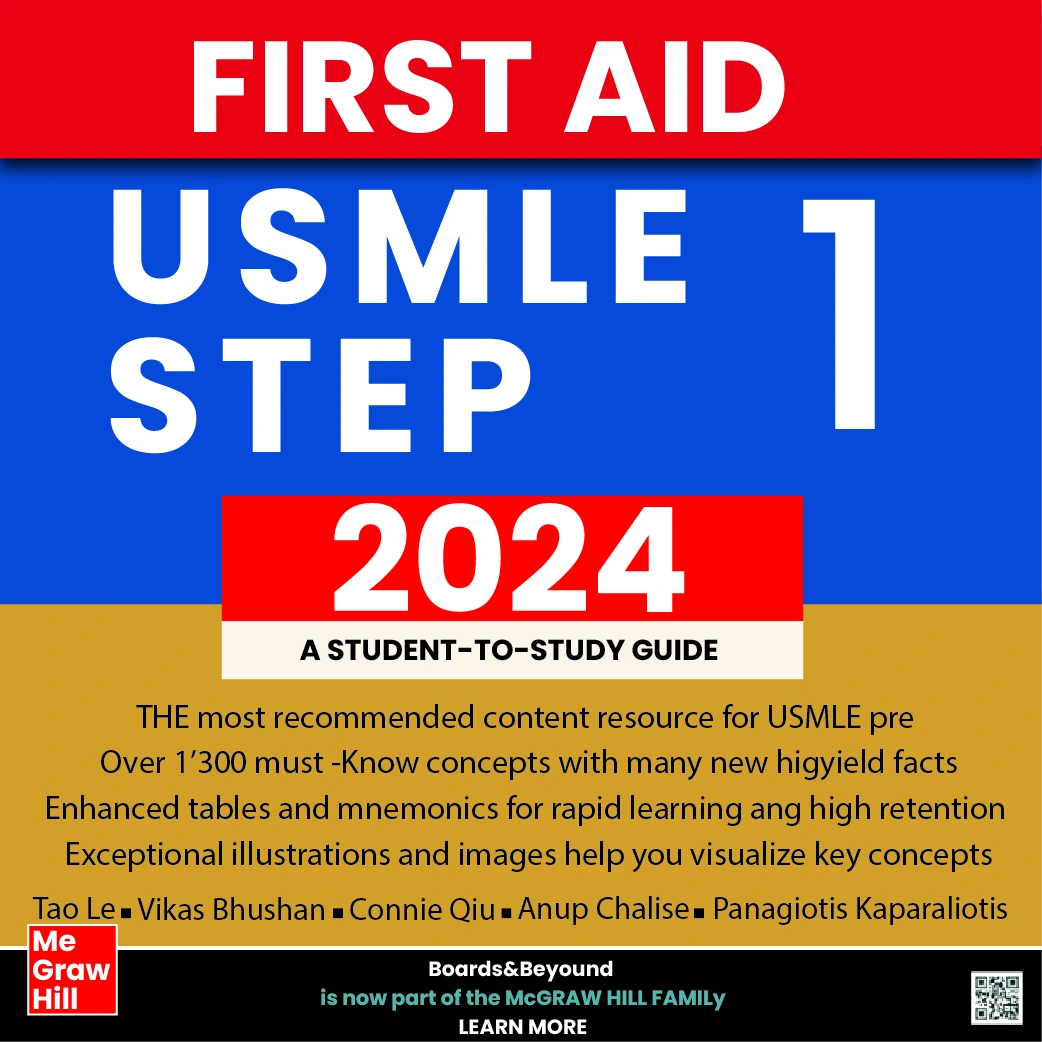
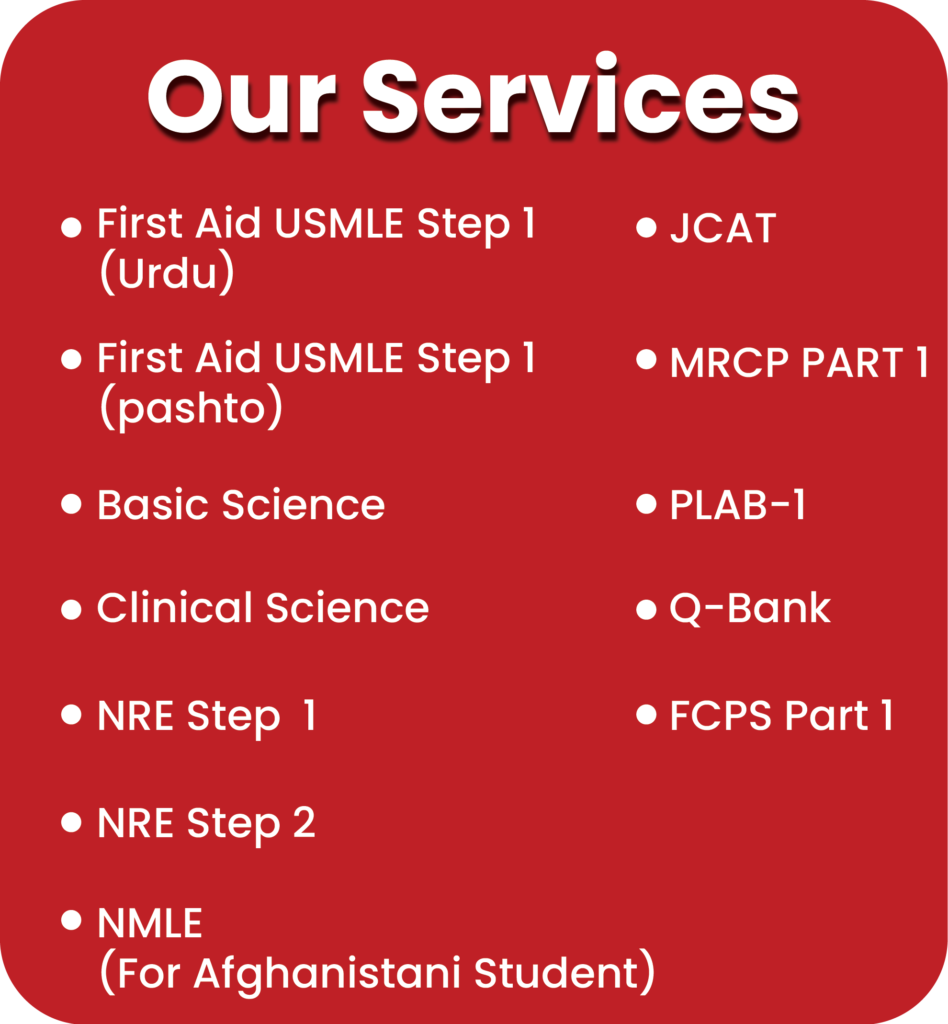
First Aid USMLE Step 1 is the most popular and trusted resource for medical students preparing for the USMLE Step 1 exam. The First Aid USMLE Step 1 PDF, available in editions like 2018, 2019, and 2020, provides high-yield concepts, clinical cases, and essential notes for efficient exam preparation. Students often search for First Aid USMLE Step 1 2019 PDF free download, First Aid USMLE Step 1 2020 PDF, or First Aid Cases for the USMLE Step 1 to strengthen their study plan. Many also use First Aid Q&A for the USMLE Step 1 and First Aid Flashcards USMLE Step 1 for better practice and revision. You can buy First Aid USMLE Step 1 in Pakistan from Liberty or Paramount Books, with prices varying by edition. Whether using the First Aid for the USMLE Step 1 2018 28th Edition, 2019 Twenty-Ninth Edition, or 2020 Thirtieth Edition, this book remains a complete and updated guide to mastering the Step 1 exam.
what is usmle?
- USMLE (United States Medical Licensing Examination): A three-step exam for medical licensure in the U.S.
- Step 1: Tests basic science knowledge; resources include First Aid USMLE Step 1 PDF, USMLE Step 1 Qbook.
- Step 2: Comprises Step 2 CK (Clinical Knowledge) and Step 2 CS (Clinical Skills).
- Step 3: Focuses on applying medical knowledge in patient management.
- Fees: USMLE Step 1 Fees for International Students and USMLE Exam Fees contribute to the USMLE Total Cost.
- Study Resources: First Aid Book USMLE, USMLE RX Question Bank, best pharmacology book for USMLE.
how to annotate first aid usmle step 1?
- Review Each Section: Go through the content of First Aid Book USMLE Step 1 and identify key topics.
- Highlight Key Points: Use a highlighter to mark important concepts, facts, and mnemonics.
- Add Personal Notes: Write brief annotations in the margins with extra details, explanations, or connections to other topics.
- Use Color Coding: Implement a color-coded system to differentiate between various subjects (e.g., pharmacology, pathology).
- Include Mnemonics: Add or modify existing mnemonics that help with memorization.
- Connect with Practice: Relate your annotations to questions from resources like USMLE Step 1 Qbook or USMLE RX Question Bank.
- Review Regularly: Schedule time to revisit your annotations and reinforce the material.
how to convert nbme score to usmle score?
- NBME Score vs USMLE Score: NBME practice test scores help estimate your USMLE performance but are not on the same scale.
- Conversion Tools: Use conversion charts or online calculators to predict USMLE Step 1 score or USMLE Step 2 CK score based on your NBME score.
- Percentile Comparison: Compare your NBME percentiles to the expected USMLE score percentiles for a rough estimate.
- Consistency: Take multiple NBME practice tests and observe trends to gauge your potential USMLE Step 1 or USMLE Step 2 CK score.
- Remember: NBME score may be higher due to scoring differences; always factor in a margin when predicting USMLE exam scores.
what is form 186 for usmle?
- Form 186: An official document required for medical students and graduates applying for the USMLE Step 1, Step 2 CK, and Step 3 exams.
- Purpose: Used to verify your identity and educational credentials with the Educational Commission for Foreign Medical Graduates (ECFMG).
- Submission: Must be completed and signed by both the applicant and the authorized official of the medical school.
- Process: Submit Form 186 as part of your application process for the USMLE to ensure eligibility for testing.
- Requirement: Necessary for international medical graduates (IMGs) to register for USMLE exams.
- Conversion Tools: Use conversion charts or online calculators to predict USMLE Step 1 score or USMLE Step 2 CK score based on your NBME score.
- Percentile Comparison: Compare your NBME percentiles to the expected USMLE score percentiles for a rough estimate.
- Consistency: Take multiple NBME practice tests and observe trends to gauge your potential USMLE Step 1 or USMLE Step 2 CK score.
- Remember: NBME score may be higher due to scoring differences; always factor in a margin when predicting USMLE exam scores.
how long is usmle step 1?
- Duration: USMLE Step 1 is a 7-hour exam.
- Structure: The exam is divided into 7 blocks, each lasting 60 minutes.
- Total Questions: It consists of 280 multiple-choice questions.
- Breaks: You are given a total of 45 minutes for breaks, which can be used at your discretion during the exam.
